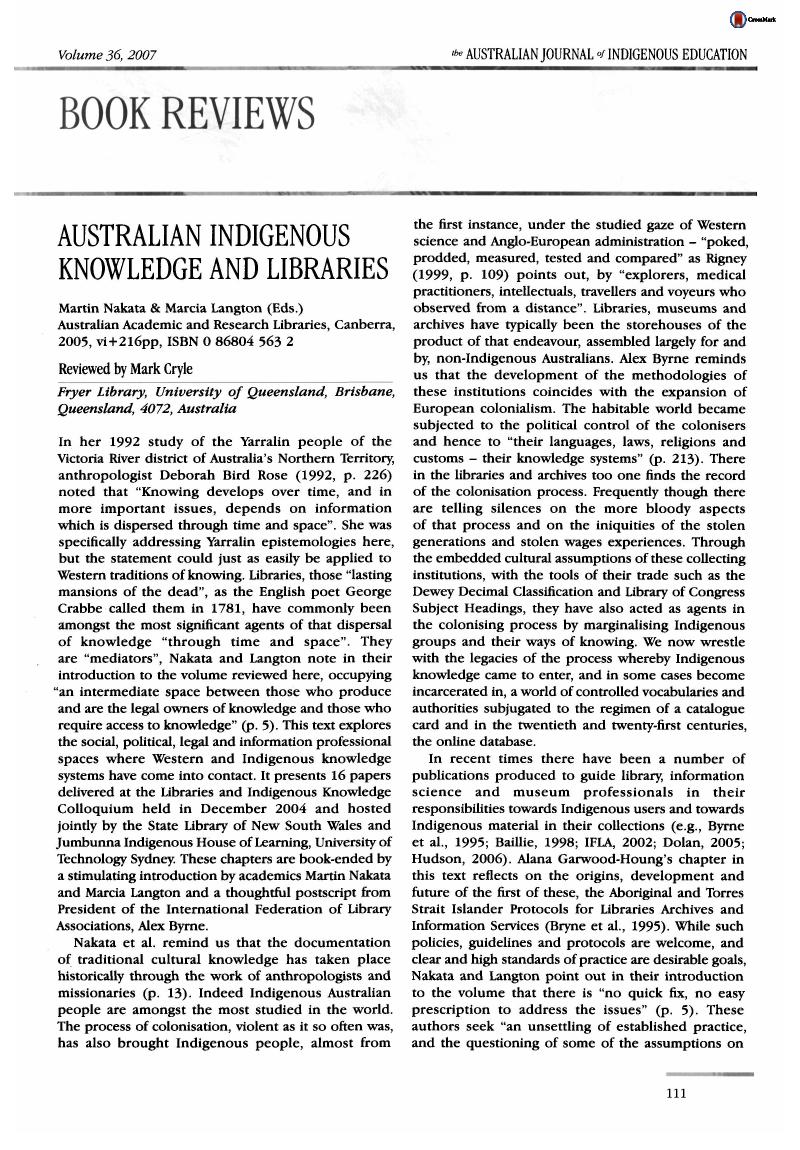Anderson, J. (
2005, May).
Access and control of Indigenous knowledge in libraries and archives: Ownership and future use. Paper presented at the Correcting Course: Rebalancing Copyright for Libraries in the National and International Arena American Library Association and The MacArthur Foundation,
Columbia University,
New York, 5-7 May, 2005. Retrieved 17 July, 2007, from
http://conservationcommons.org/media/document/docu-i64cij.pdf.
Google Scholar 